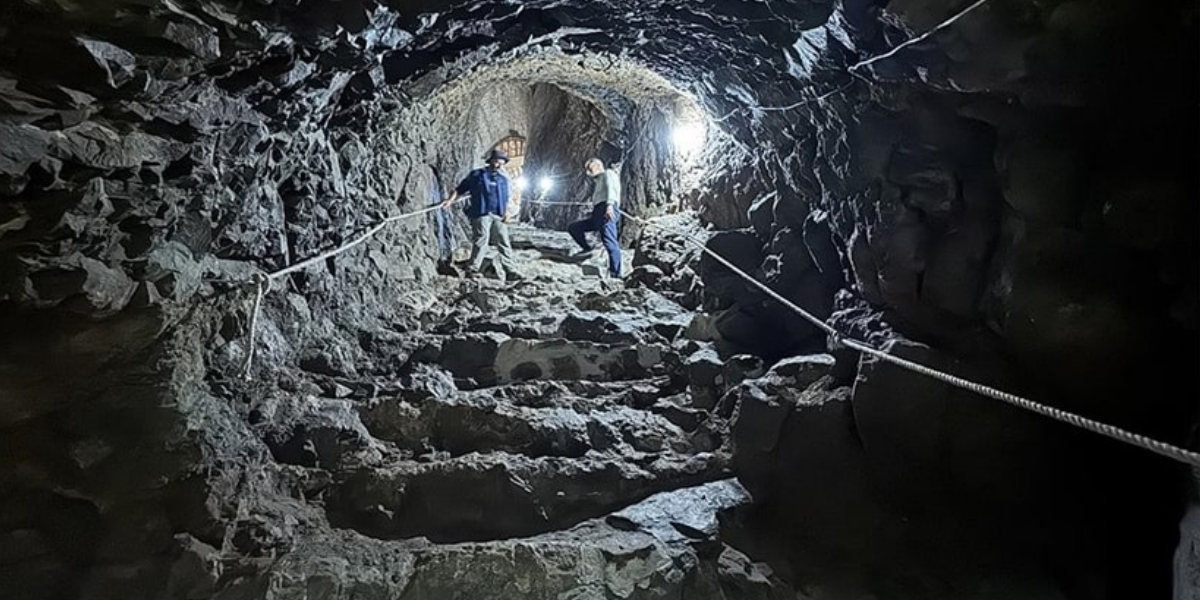
Restoration of 2,800-year-old water cistern in eastern Türkiye completed
The restoration of the 2,800-year-old Urartian water cistern unearthed in Harput Castle in Elazığ province in the Eastern Anatolia Region, known as the roof of Türkiye, has been completed. Harput Castle was built by the Urartians in the 8th century BC on a rectangular plan. The castle, which consists of two parts, the inner and
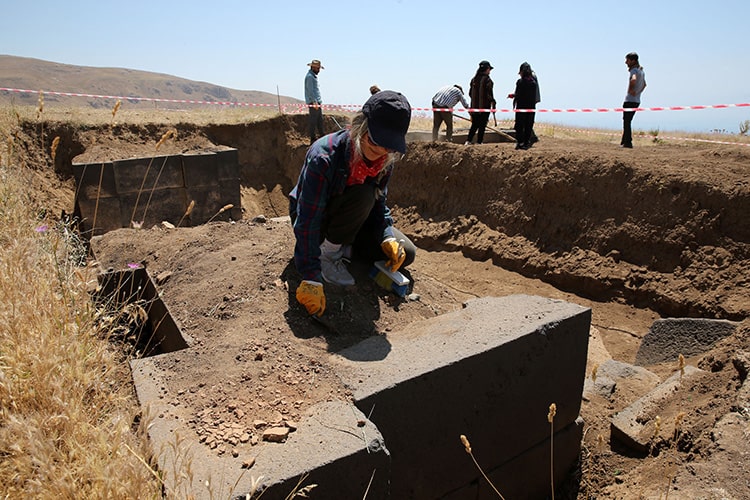
Excavations at the ancient Kef Castle shed light on the Urartian period
Archaeological excavations at Kef Castle in Bitlis, southeast Turkey, have uncovered animal bones, ceramics, and tools made of flint and obsidian. The castle, one of four built during the reign of Urartian King Rusa II (685-645 B.C.), is located at an altitude of 2,300 meters (7,545 feet). The information that will be obtained during the
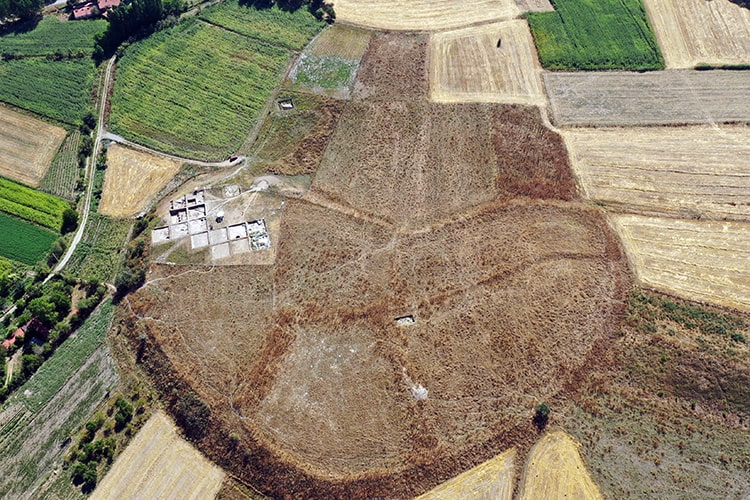
4000-year-old ceramic seal discovered at Tavşanlı mound, known as the “heart of Kütahya”
A 4000-year-old ceramic seal was discovered in Tavşanlı mound, also known as the “Heart of Kütahya” because it resembles the shape of a heart when viewed from the air, in the Tavşanlı district of Kütahya in western Türkiye. The excavation of Tavşanlı mound continues under the chairmanship of Prof. Erkan Fidan, Head of the Department
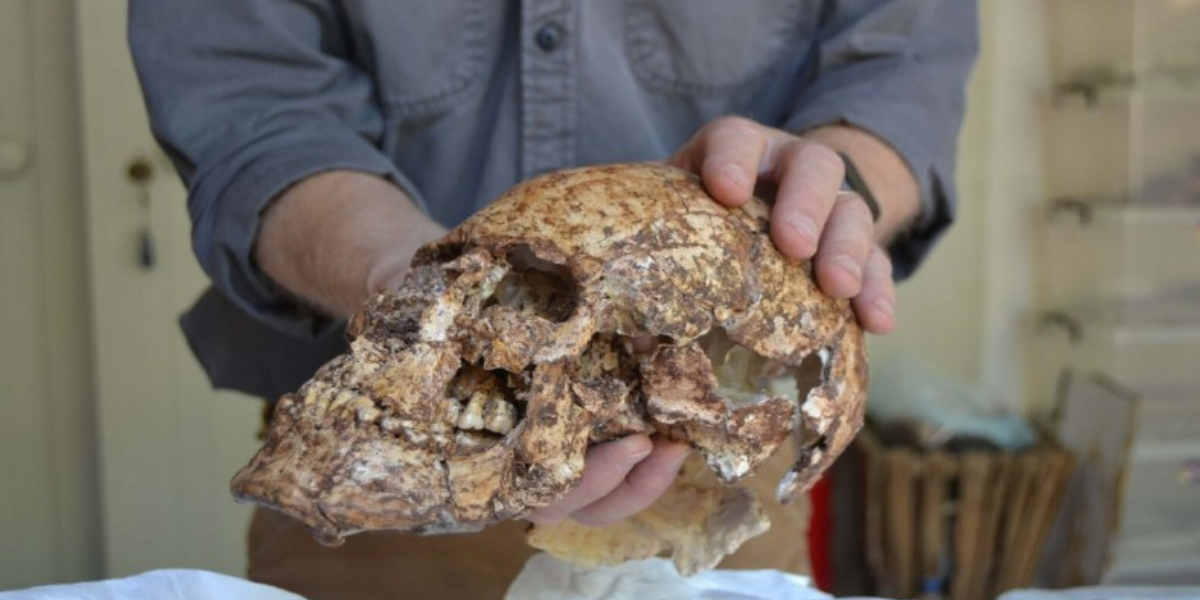
Two skeletons of Lydian soldiers found under the monumental city wall in the ancient city of Sardis
Two soldier skeletons belonging to the Lydians were unearthed in the ancient city of Sardes, which was the capital of the Lydian (Lydia) state near the town of Sart in Salihli district of Manisa in western Türkiye. Sardes is the place where the first gold coin was minted in history. Because of this feature, it

1700-year-old mosaic’s medallion with Greek inscription symbolises a Roman military unit
In Amasya, in the north-east of Anatolia, it has been revealed that the Greek phrases ‘APEM’ and ‘BO?H’ in the medallion with a god figure in the centre of a 1700-year-old mosaic found in a school garden 11 years ago symbolise a Roman military unit. The mosaic discovered during the rescue excavation was formed by

A litus with a relief of Dionysus, the god of wine, was found
A 2 thousand year old litus (weight press stone) with the relief of Dionysus, known as the “god of wine” in mythology, was found during the excavation of infrastructure in Sungurlu district of Çorum. The stone, which was used as a weight stone in wine making during the Roman period, started to be exhibited in
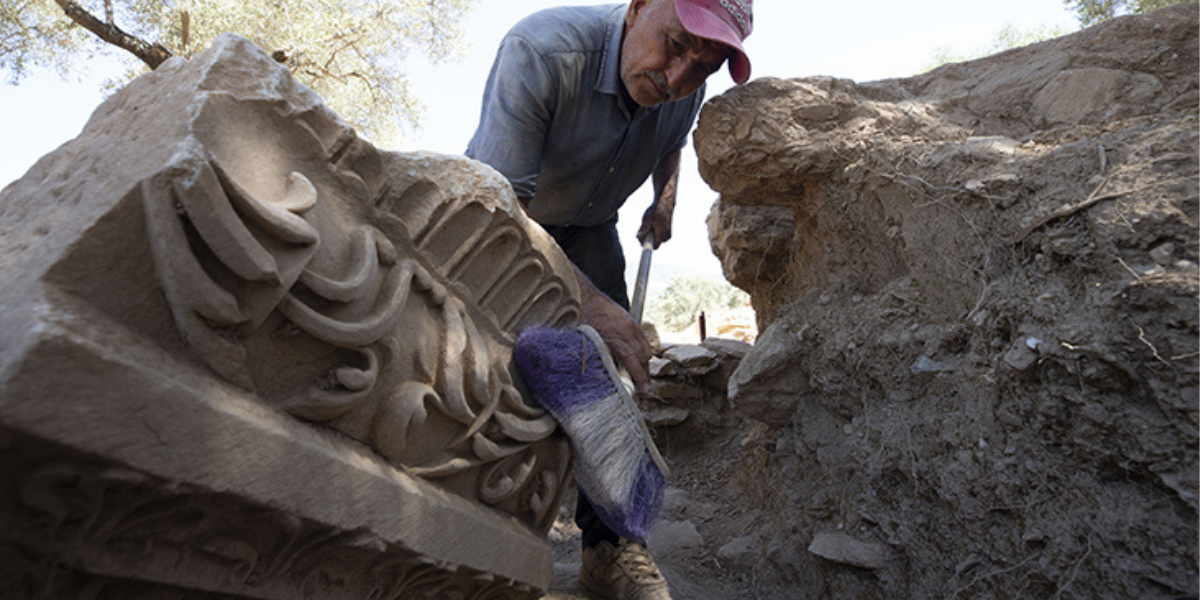
Forty-seven tombs dating back nearly a thousand years were found in the ancient city of Nysa
During excavations in the ancient city of Nysa, archaeologists uncovered 47 tombs dating back nearly 1000 years. The ancient city of Nysa is an important ancient city dating back to the 3rd century BC, located in the Sultanhisar district of Aydın province in western Türkiye. Nysa, one of the most important cities of the Caria
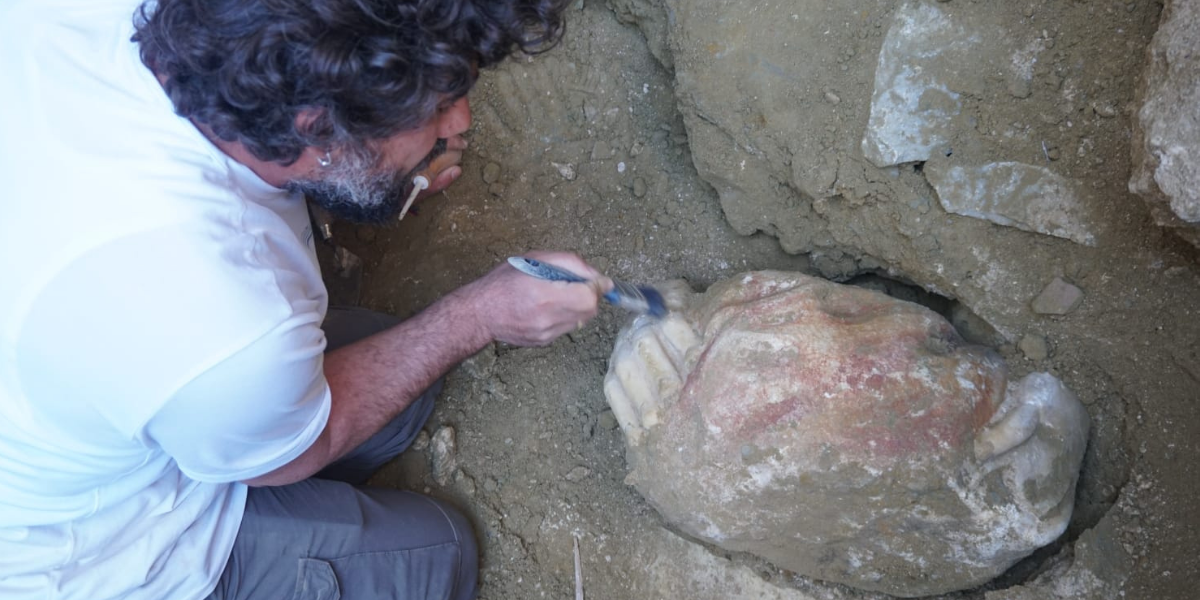
Unique colorful Skylla Group sculptures discovered in the ancient city of Laodikeia
Unique colorful Skylla Group sculptures were discovered in the ancient city of Laodikeia in Denizli province of Türkiye. The ancient city, which dates back to the 3rd century BC, was founded south of the Lykos River. Often referred to as “Laodikeia on the banks of the Lykos” in ancient sources, the city was founded by

Skull with Greek inscription ‘Pilgrim Dimitrakis’ found in Sinop
A male skull with the Greek inscription “Pilgrim Dimitrakis” was found in the Balatlar Church in Sinop on the Black Sea coast of Türkiye. The building, known as Balatlar Church or Sinop Koimesis Church, is the only building in the history of Sinop whose identity and usage phases can be determined with the excavations that

